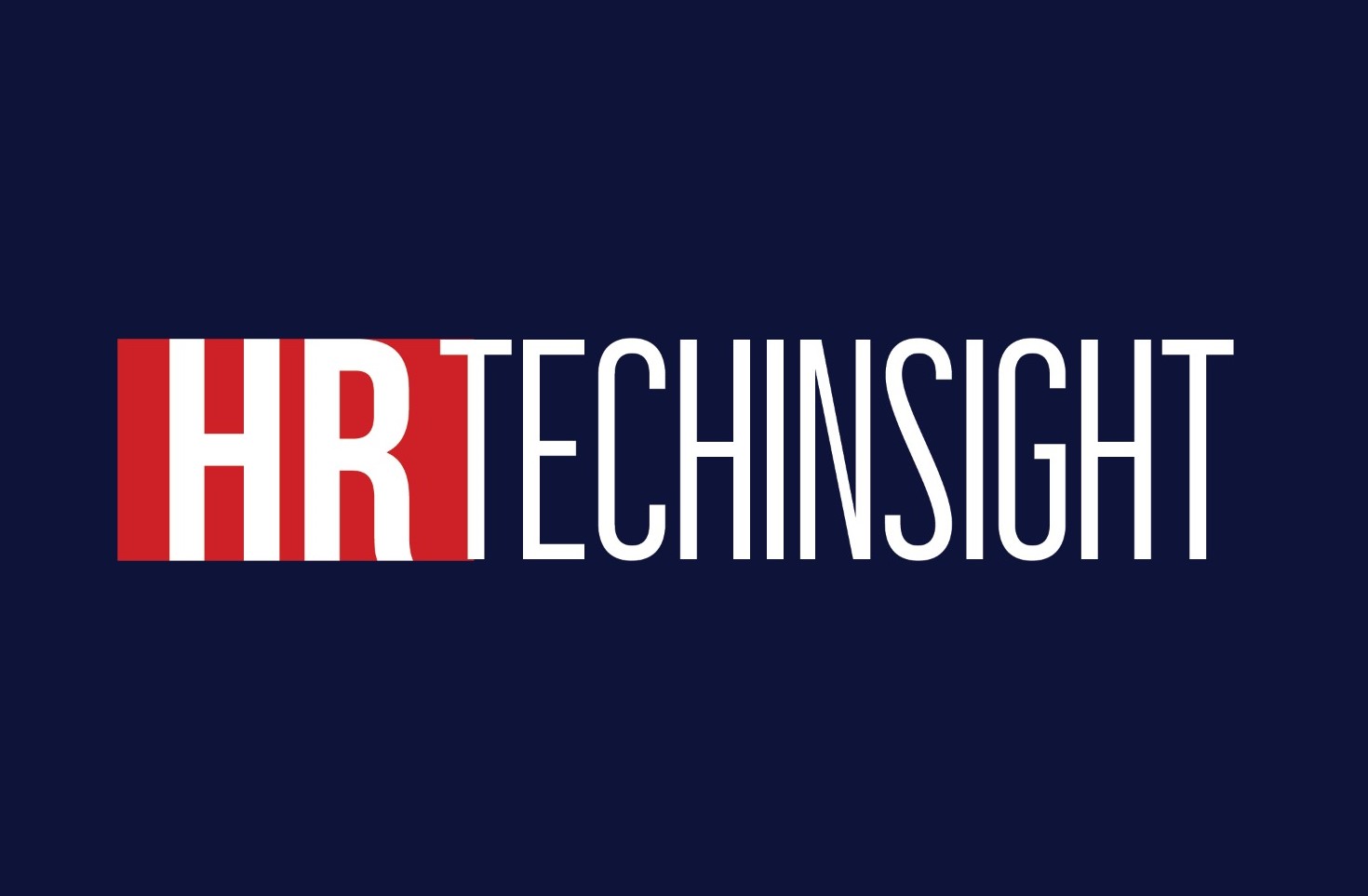New Office Mandate Begins June 2025.
Uber is enforcing a stricter return-to-office policy starting June 2025. Employees must now work onsite at least three days weekly. The designated in-office days are Tuesday, Wednesday, and Thursday. Mondays and Fridays can still be remote for most teams. This change increases the previous requirement of two days in the office. Uber will track attendance at both team and individual levels. Leadership hopes this policy boosts collaboration and overall performance.
Sabbatical Policy Faces Major Shift.
Uber has also revised its sabbatical program, causing concern among employees. Under the new rule, employees must complete eight years of service for sabbatical eligibility. Previously, workers qualified after five years of service. The sabbatical includes one month of paid time off. Many employees who had planned leaves are now affected. This change has generated frustration within the company.
Internal Reactions and CEO’s Response.
Employees shared their dissatisfaction on Uber’s internal message boards. Many questioned the timing and fairness of the new rules. In response, CEO Dara Khosrowshahi addressed concerns during an all-hands meeting. He acknowledged the decisions may not be popular, He stated bluntly, “It is what it is,” and emphasized the need for greater impact from all employees. He added that the changes aim to improve focus and performance, not reduce headcount.
Strategic Office Expansion Supports Policy.
Uber is backing its in-office shift with a plan to grow its real estate. The company will add 700,000 square feet of new office space. This expansion includes larger hubs in San Francisco and Seattle. Uber believes more space will support collaboration and accommodate hybrid work schedules.
Aligning With Broader Industry Trends.
Uber’s policy changes reflect a growing trend in the tech industry. Many companies are pulling back on remote work flexibility. Employers cite productivity and culture as key reasons for bringing teams together. However, these changes have stirred debates about work-life balance. Uber joins peers like Google and Amazon in shifting expectations post-pandemic.
Conclusion
Uber’s new attendance and sabbatical policies mark a clear move toward in-person engagement. While designed to drive performance, the policies face resistance. The company’s leadership remains firm on the changes. As the workplace evolves, Uber’s decisions could influence broader tech industry practices. Whether this strategy succeeds may depend on how well employees adapt and engage.



